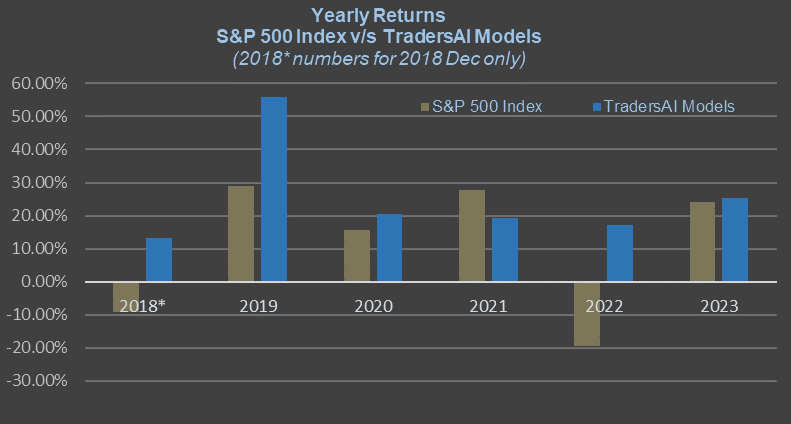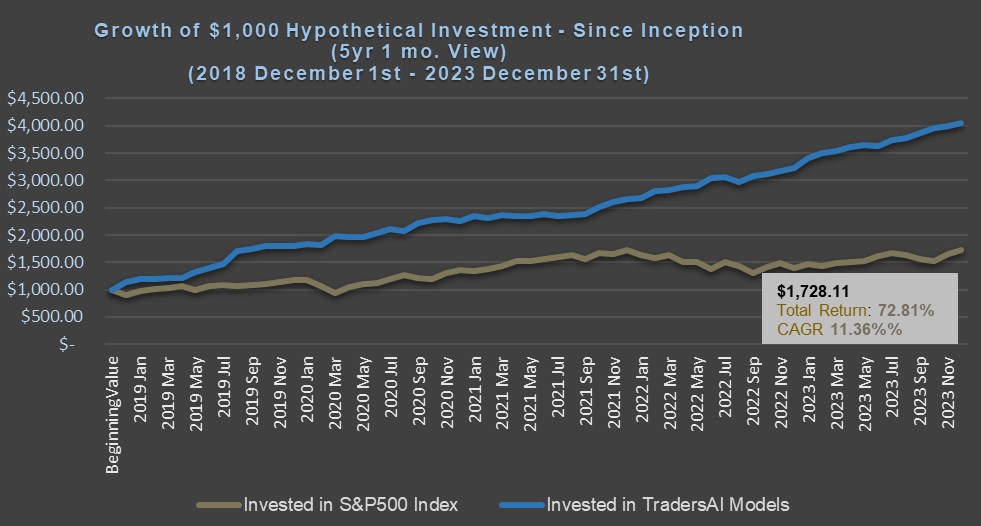THE GIST (The “What”):
Industrials and Consumer Staples stocks fell sharply on the back of rising cost concerns. While the index attempted to stabilize as investors digested the impact of tariffs, stocks were sent tumbling down below its key support level of 100 DMA following retaliatory tariffs by Canada, Mexico and the European Union, raising the odds of a potential trade war that could hurt corporate profits and further push inflation beyond the 2% mark. While shares of U.S. steel and aluminum companies advanced during the early session on the back of renewed trade war concerns, prices fell back on announcement of retaliatory actions of equal measures.
Industrials and Consumer Staples were the worst performing sectors, losing 1.45% and 1.61% respectively. The 10-year Treasury yield remained mostly unchanged at 2.86%, failing to support the broad Financials sector which fell 0.90% weighed down by a record slump in Deutsche Bank stocks following reports that the bank’s U.S. operations were in trouble. Energy stocks fell back 0.83% after rallying in Wednesday’s session as U.S. oil prices fell after the Energy Information Administration (EIA) reported an increase in oil stockpiles. The only two sectors to end the session higher were Technology and Utilities, gaining a slight 0.02% and 0.11% respectively.
The Commerce Department released monthly data indicating a sharp rise in consumer spending in April as a result of recent tax cuts. While Personal Income rose 0.3%, inflation rate measured by core PCE index remained unchanged in April at 1.8% y-o-y. The initial and continuing jobless claims declined, indicating a tightening labor market.




